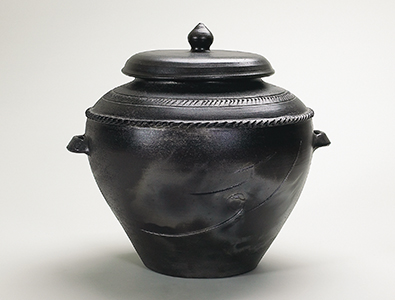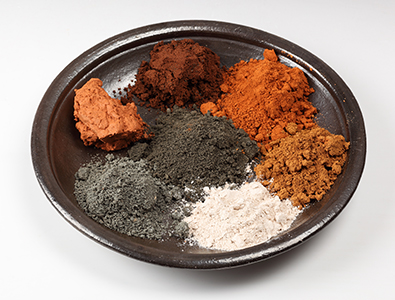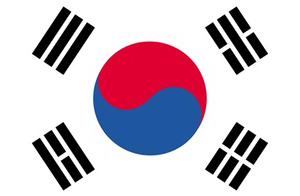History


There are no records of ‘Puraedog’ in the history of pottery. ‘Puraedog’, researched by sociologists is a one-of-a-kind indigenous cultural asset of Korea which traces back to over 1200 years without being influenced by any other cultures.Because ‘Puraedog’ is very particular in its production compared to any other Onggi ware, it is produced only by the most skilled master artists and technicians at the government branch solely in charge of making royal bowls.
’’Puraedog’’ is perfected by adding a large amount of sea salt to the work, which is a state-regulated resource. Produced through precious salt and thus considered even more valuable, ‘Puraedog’ was used by the royal family or as Buddhist articles bestowed upon temples by the royal family.
Artifacts and materials
‘Puraedog’ and Pure Jabaegi are depicted in the 16th Century royal Sungbuldo, which is a painting portraying the Buddhist ceremony taking place in the royal court. Pure Jabaegi used in the royal court in the 16th century were excavated at the White Porcelain Site No 9 in Beoncheonli, Gwangju, which used to be the site of the government branch solely in charge of producing royal bowls in Joseon Dynasty. Also, ‘‘Puraedog’’ was the main type of Onggi ware excavated from the site of the first royal palace in Seoul (Gyeongbukgung) established in 1394.
According to the historic preservation committee resources and Imwon Kyeongjeji, known as the best practical encyclopedia of Joseon Dynasty, ‘‘Puraedog’’ has been used to purify air and water since ancient times.
According to the historic preservation committee resources and Imwon Kyeongjeji, known as the best practical encyclopedia of Joseon Dynasty, ‘‘Puraedog’’ has been used to purify air and water since ancient times.





